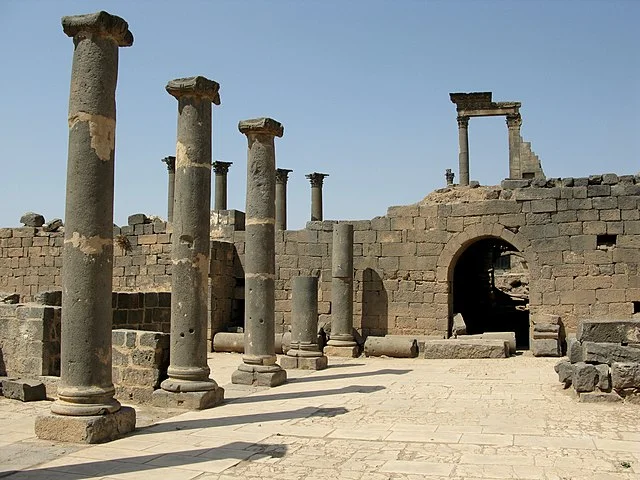The Ancient City of Bosra, located in present-day Syria, played a vital role in the history of the region. This city was a major center for trade and culture, especially during the Roman Empire. It is known for its well-preserved ruins, which offer valuable insights into its historical significance.
Get your dose of History via Email
Historical Background
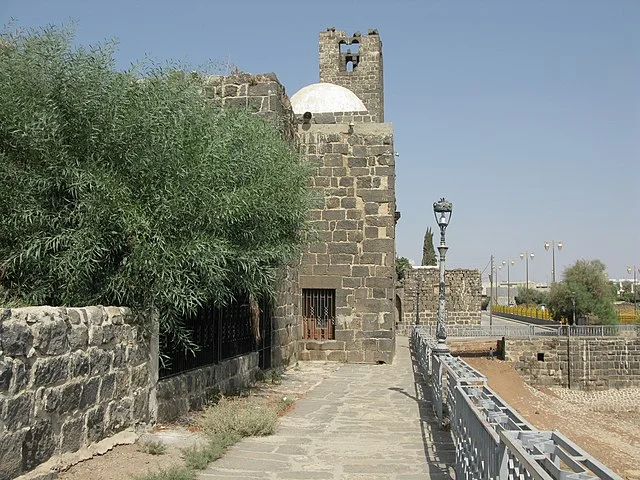
Bosra’s history dates back to the 2nd millennium BC. The city originally served as a Nabataean trading post. By the 1st century AD, Bosra became an important Roman city. It was the capital of the province of Arabia. The strategic location along trade routes facilitated its growth and prosperity.
Architecture and Ruins
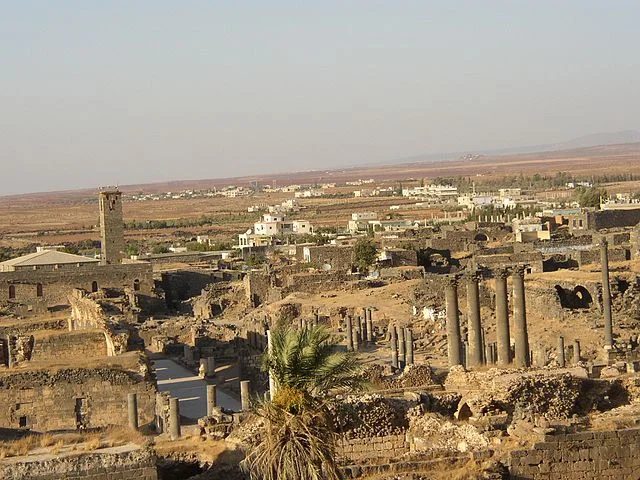
Bosra is renowned for its remarkable architecture. The most notable structure is the Roman theater, built in the 2nd century AD. This theater could seat about 3,500 spectators. It features intricate stone carvings and an impressive façade. The theater remains one of the best-preserved Roman theaters in the world.
In addition to the theater, Bosra boasts several other significant buildings. The city contains a well-preserved Roman temple dedicated to Zeus. The remains of the city walls and gates are still visible. They illustrate the city’s historical defensive structures.
Cultural Significance
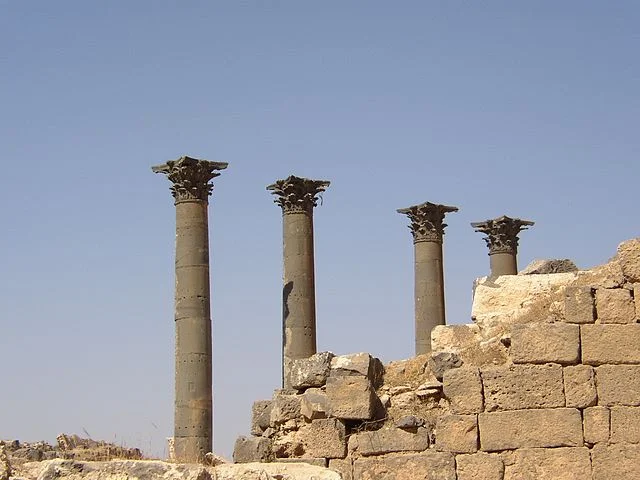
Bosra has been a melting pot of cultures throughout its history. The Nabataeans, Romans, and later Islamic civilizations contributed to its cultural heritage. The city was a key stop for pilgrims traveling to Mecca during the Islamic period. This cultural exchange enriched Bosra’s social and religious landscape.
UNESCO World Heritage Site
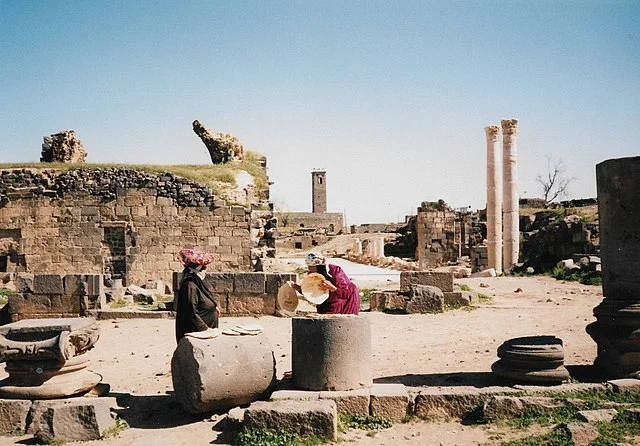
In 1980, UNESCO recognized Bosra as a World Heritage Site. This designation highlights its historical and architectural importance. The ruins attract researchers, historians, and tourists alike. The site remains a focus for archaeological studies and preservation efforts.
Modern Significance
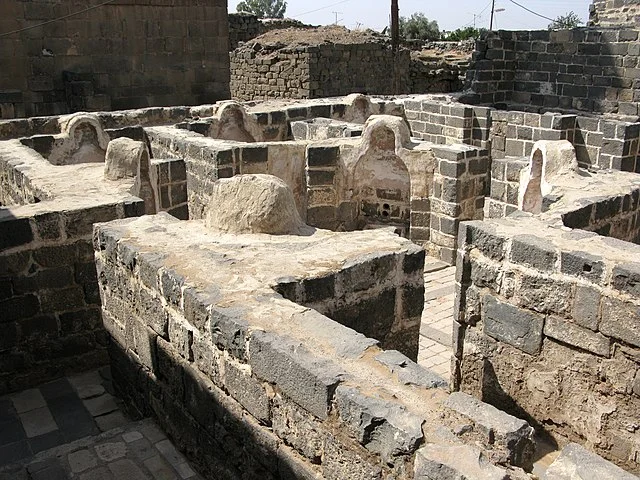
Today, Bosra faces challenges due to political instability in Syria. Ongoing conflicts have threatened its preservation and access. Despite these challenges, efforts continue to protect and study the site. Scholars aim to raise awareness about its historical importance.
Conclusion
The Ancient City of Bosra represents a significant chapter in the history of the Middle East. Its well-preserved ruins provide a window into ancient civilizations. Researchers and historians continue to study Bosra to understand its impact on trade, culture, and religion in the region. As efforts to preserve and protect the site continue, Bosra will remain a vital part of our shared human heritage.
Source:

